Articles
- Page Path
- HOME > Restor Dent Endod > Volume 29(4); 2004 > Article
- Original Article The polymerization rate and the degree of conversion of composite resins by different light sources
- Joo-Hee Ryoo1, In-Bog Lee1, Hyun-Mee Yoo2, Mi-Ja Kim1, Chang-In Seok1, Hyuk-Choon Kwon1
-
2004;29(4):-398.
DOI: https://doi.org/10.5395/JKACD.2004.29.4.386
Published online: July 31, 2004
1Department of Conservative Dentistry, College of Dentistry, Seoul National University, Korea.
2Department of Conservative Dentistry, The Institute of Oral Health Science, Samsung Medical Center, Sungkyunkwan University School of Medicine, Korea.
- Corresponding author: Hyuk-Choon Kwon. Department of Conservative Dentistry, College of Dentistry, Seoul National University, 28-2 Yeongun-dong, Chongro-gu, Seoul, Korea 110-749. Tel: 82-2-422-6644, Fax: 82-2-424-0135, dentphd@hanmail.net
Copyright © 2004 Korean Academy of Conservative Dentistry
- 1,303 Views
- 3 Download
- 3 Crossref
Tables & Figures
REFERENCES
Citations

- Features of polymerization kinetics and heat realize of epoxy resin modified with silicone, silane and siloxane additives
Sergey Savotchenko, Ekaterina Kovaleva
Polymer Bulletin.2024; 81(15): 13419. CrossRef - Kinetic features of polymerization of epoxy resin modified by silicon‐containing additives and mineral fillers
Ekaterina G. Kovaleva, Sergey E. Savotchenko
Polymer Engineering & Science.2022; 62(1): 75. CrossRef - Characterization of curing behavior of UV-curable LSR for LED embedded injection mold
Joon-Sung Tae, Kyung-Gyu Yim, Byung-Ohk Rhee, Jae B. Kwak
Korea-Australia Rheology Journal.2016; 28(4): 247. CrossRef
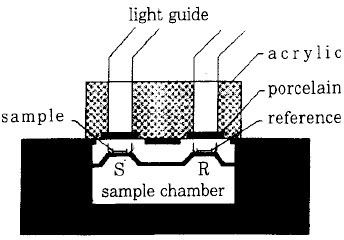
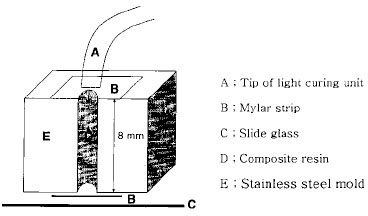
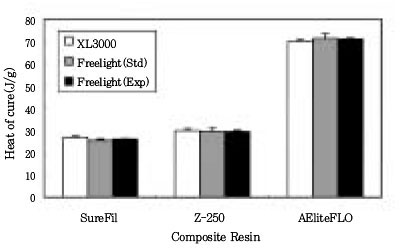

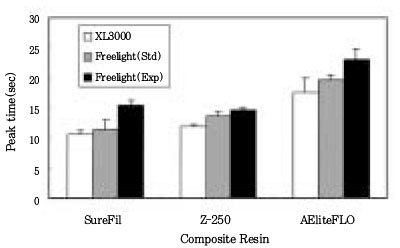
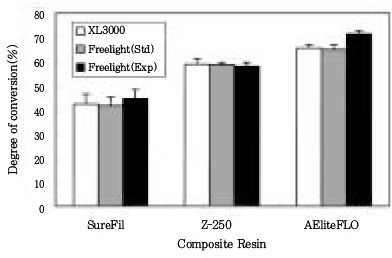
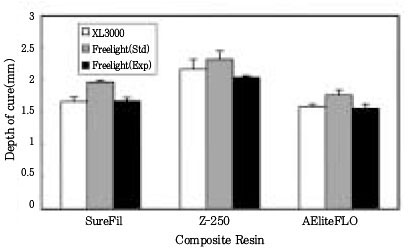
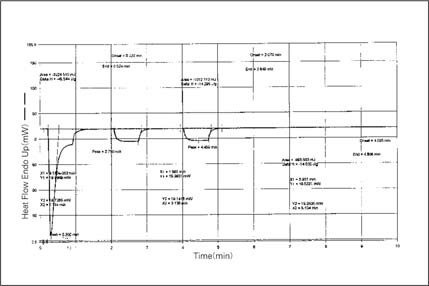
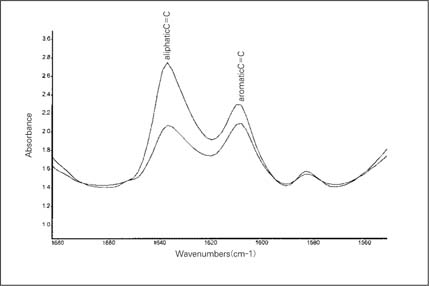
Figure 1
Figure 2
Figure 3
Figure 4
Figure 5
Figure 6
Figure 7
Graph 1
Graph 2
Curing lights used in this study
Composite resins used in this study
Heat of cure (-△H : J/g) of each resin with different light sources
Different letters(a,b,c) indicate statistically significant differences on the horizontal line (p < 0.05).
Maximum rate of heat output (watt/g)
*Indicates statistically significant differences on the vertical line (p < 0.05).
Different letters (a,b,c) indicate statistically significant differences on the horizontal line (p < 0.05).
Mean time to reach peak heat output(sec)
*Indicates statistically significant differences on the vertical line (p < 0.05).
†Indicates statistically significant differences on the horizontal line (p < 0.05).
Degree of conversion (%) of each resin with different light sources
*Indicates statistically significant differences on the vertical line (p < 0.05).
Different letters (a,b,c) indicate statistically significant differences on the horizontal line (p < 0.05).
Depth of cure (mm) of each resin with different light sources
*Indicates statistically significant differences on the vertical line (p < 0.05).
†Indicates statistically significant differences on the horizontal line (p < 0.05).
Different letters(a,b,c) indicate statistically significant differences on the horizontal line (p < 0.05).
*Indicates statistically significant differences on the vertical line (p < 0.05). Different letters (a,b,c) indicate statistically significant differences on the horizontal line (p < 0.05).
*Indicates statistically significant differences on the vertical line (p < 0.05). †Indicates statistically significant differences on the horizontal line (p < 0.05).
*Indicates statistically significant differences on the vertical line (p < 0.05). Different letters (a,b,c) indicate statistically significant differences on the horizontal line (p < 0.05).
*Indicates statistically significant differences on the vertical line (p < 0.05). †Indicates statistically significant differences on the horizontal line (p < 0.05).

 KACD
KACD



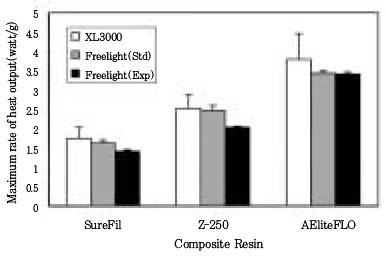












 ePub Link
ePub Link Cite
Cite

